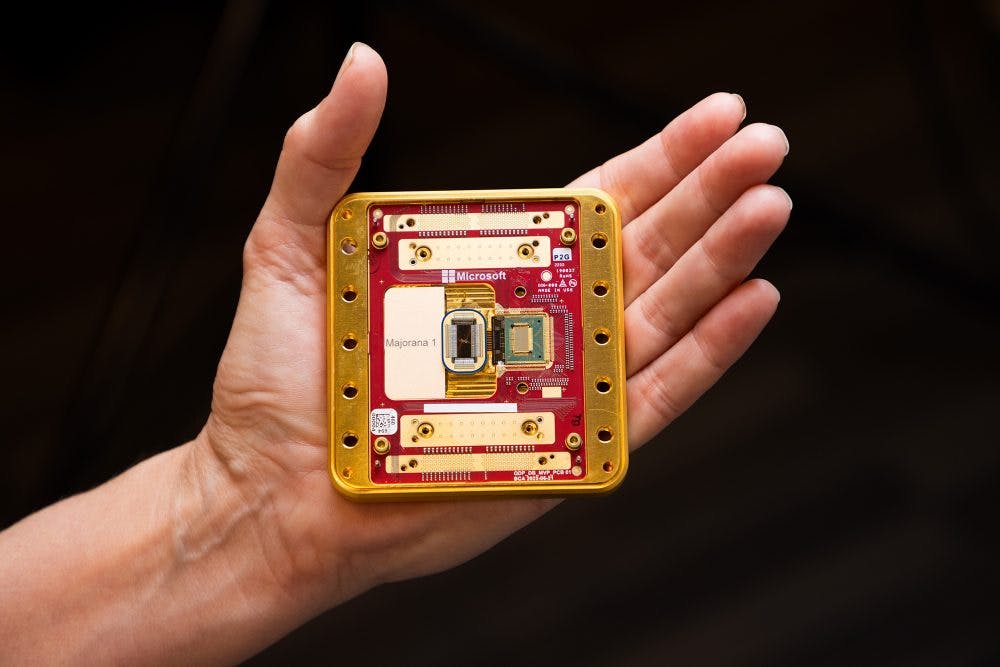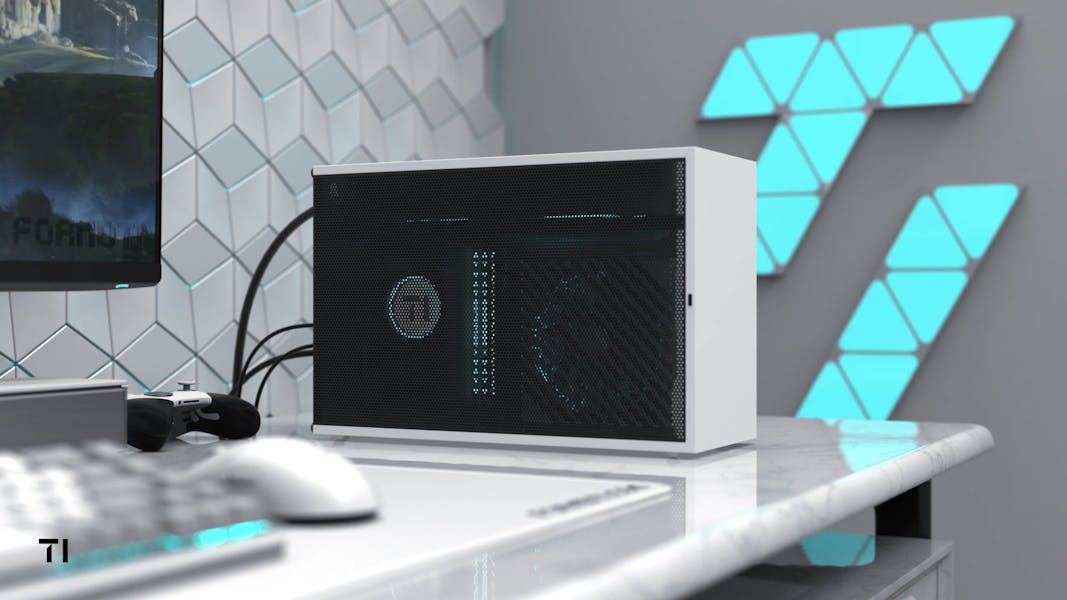Microsoft’s Majorana 1: A Quantum Leap Forward

The unveiling of Microsoft’s Majorana 1 quantum processor in February 2025 represents more than a technological milestone-it heralds the discovery of a novel state of matter enabled by a revolutionary material called the topoconductor. This breakthrough, which merges condensed matter physics with quantum computing, could redefine how we approach problems in cryptography, materials science, and drug discovery. By leveraging exotic particles known as Majorana zero modes (MZMs), Microsoft’s topological qubits promise unprecedented stability and scalability, positioning the company at the forefront of the quantum race.
The Topoconductor: Engineering a New Quantum State
At the heart of Majorana 1 lies the topoconductor, a topological superconductor engineered to host and control Majorana particles. Unlike conventional superconductors, which allow electrons to flow without resistance, topoconductors exhibit a unique electronic structure protected by topology-a mathematical property that remains invariant under continuous deformations. This topological protection enables the material to sustain Majorana zero modes, quasiparticles that exist at the boundaries of the system and exhibit non-Abelian statistics.
Microsoft’s topoconductor is fabricated from indium arsenide and aluminum, materials chosen for their strong spin-orbit coupling and compatibility with superconducting circuits. When cooled to near absolute zero, the material enters a topological superconducting phase, creating a platform where Majorana particles emerge as stable, localized states. These particles are neither fermions nor bosons but belong to a quantum mechanical class known as non-Abelian anyons, which retain "memory" of their exchange history-a property critical for error-resistant quantum computing.
The discovery of this state of matter marks a paradigm shift. Just as semiconductors enabled classical computing by controlling electrons, topoconductors could underpin quantum computing by manipulating Majorana-based qubits.
Majorana Qubits: Stability Through Topology
Traditional quantum computers rely on superconducting qubits or trapped ions, which are highly sensitive to environmental noise. Microsoft’s topological qubits, by contrast, encode quantum information in the collective state of Majorana pairs, distributed across the topoconductor’s surface. This spatial separation inherently protects the qubits from local perturbations, reducing error rates by orders of magnitude.
How Topological Protection Works
- Non-local Encoding: A single qubit’s state is stored in two spatially separated Majorana modes. Since disturbances rarely affect both modes simultaneously, the quantum information remains intact.
- Braiding for Operations: Logical operations are performed by physically "braiding" Majorana particles-a process that alters their collective state without disturbing individual modes. This approach avoids the error-prone gate operations required in other architectures.
In Majorana 1, Microsoft has demonstrated eight topological qubits on a single chip, a proof of concept for scaling to millions of qubits. The company’s roadmap envisions a palm-sized processor capable of solving problems intractable for classical supercomputers, such as simulating complex molecules for drug discovery or optimizing global supply chains.
Comparative Analysis: Microsoft vs. Industry Peers

Challenges and Skepticism
Despite the optimism, the quantum community has raised valid concerns:
- Peer-Reviewed Evidence Gap: The Nature paper accompanying Majorana 1 describes a "test harness" for Majorana modes rather than a functioning quantum processor. Independent verification of braiding and error correction remains pending.
- Material Imperfections: Even minor defects in the topoconductor could disrupt Majorana pairs. Microsoft’s claims of "industrial-scale" production rely on unprecedented material purity.
- Thermal Management: Operating at 10 millikelvin requires sophisticated cryogenics, which may limit near-term practical applications.
As Professor Stephan Rachel (University of Melbourne) notes, "The physics is sound, but bridging theory to engineering at this scale is uncharted territory".
Implications for Science and Industry
Cryptography
A million-qubit quantum computer could break RSA-2048 encryption in hours, rendering current cybersecurity protocols obsolete. Conversely, topological qubits might enable quantum-secure networks resistant to such attacks.
Materials Discovery
Topological quantum computers could simulate electron interactions in high-temperature superconductors or catalytic materials, accelerating the design of efficient energy storage systems.
Pharmaceutical Research
By modeling protein folding or molecular interactions at quantum accuracy, drug development cycles could shrink from years to months.
The Road Ahead
Microsoft’s roadmap targets a 1-million-qubit system by 2030, contingent on advances in topoconductor fabrication and error-correction protocols. Success would validate topological quantum computing as the "transistor moment" for the quantum age. However, competitors are not idle:
- IBM plans a 100,000-qubit system by 2033 using superconducting qubits.
- Google explores hybrid quantum-classical algorithms to extend NISQ utility.
- Startups like PsiQuantum bet on photonic qubits for room-temperature operation.

Conclusion: A Cautious Optimism
Microsoft’s Majorana 1 illuminates a path toward fault-tolerant quantum computing, but the journey has just begun. The topoconductor’s novel state of matter and Majorana qubits’ topological protection offer compelling advantages, yet translating these into a scalable, practical machine demands interdisciplinary innovation-from materials science to quantum control theory.
References
- Microsoft. (2025). Microsoft announces Majorana 1 quantum chip. Retrieved from https://blogs.microsoft.com/
- Nature. (2025). Experimental realization of topological qubits with Majorana zero modes. Nature.
- DARPA. (2025). Quantum benchmarking finalists announced. Retrieved from https://www.darpa.mil/
- Rachel, S. (2025). Expert commentary on topological qubits. The Conversation.
- Stevenson, P. (2025). Quantum computing breakthrough analysis. BBC News.




